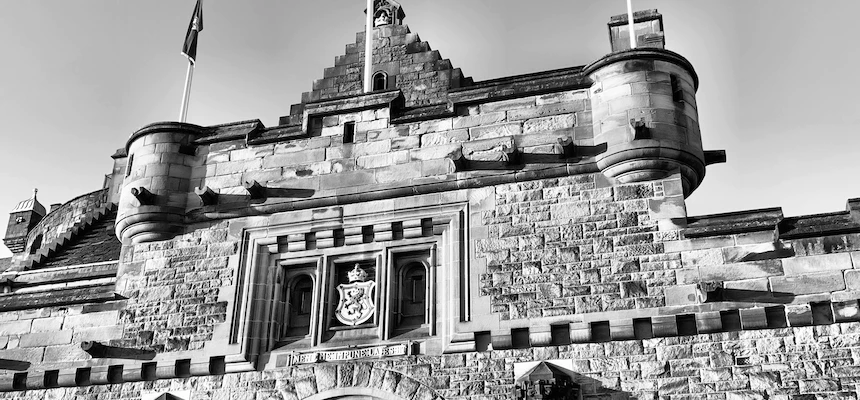
Pope Anastasius IV was born about 1073 and was named Corrado (Conrad) Demetri della Subarra. He was a Roman, the son of Benedictus della Subarra. If the computations are correct, that means that he became pope at the age of 80. At one time, historians claimed that Conrad was the nephew of Pope Honorius II. However, more recent research does not show this.
Conrad became a secular cleric, joining the Canons Regular Lateranese. Eventually he became the abbot of the monastery of St. Ruf in Avignon.
Before 1114, Conrad became a cardinal-priest by Pope Pascal II.
In 1125, Conrad sided with Pope Honorius in a dispute over the abbot of Farfa, and another dispute with Monte Cassino. Two years later, in a form of thanks or a payment for services, Conrad became the bishop of Sabina, a position he held until 1153.
In the double papal election of 1130, Innocent II and Anacletus II both declared themselves the winner, Conrad was very antagonistic towards Anacletus. This Anacletus allied with the republican Romans. He forced the new Pope Innocent to flee to France, Conrad stayed behind to be Innocent’s vicar of Italy for seven years.
At the election of 1153, following the death of Pope Lucius, Conrad was the Dean of the College of Cardinals. At 80, he was probably the oldest of the cardinals, as well. His popularity led to his election. His crowning was on 12 July 1153, when he took the name of Anastasius IV.
The Papacy
A kind soul, the elderly man demonstrated his sense of peace. When Emperor Conrad died, his nephew Frederick Barbarossa took the helm. The new emperor nominated Wichman von Seeburg, the bishop of Naumberg, and a formidable military man, to become the bishop of Magdeburg. Pope Eugene had fought the nomination and Anastasius inherited the fight. He wanted an end to the argument and came to terms with the new emperor. Wichman was at the See of Magdeburg for forty years.
The See of York had a similar problem. Four popes had not been able to handle the appointment of bishop. Anastasius chose to send the pallium to William Fitzherbert, against the wishes of the Cistercians.
Pope Anastasius sent Cardinal Nicholas Blackspear (eventually Pope Adrian IV) to Scandinavia to move the people towards the true Faith. When Blackspear returned, Sweden began to send money to Peter’s Pence, a good sign that they were supporting the Vatican.
The Pope maintained good relations with the republican Roman Commune, unlike Pope Innocent. He even helped feed the people during a famine.
He devoted time and money to refurbishing the Lateran basilica and palace as well as fixing up the Pantheon.
The second Crusade finished in a loss for the Western Church. As compensation, Pope Anastasius gave a number of privileges to the Hospitallers of St. John of Jerusalem, so they could continue their work.
Having done all this in only eighteen months, Pope Anastasius died on 3 December 1154. He was buried in the sarcophagus said to have been the burial place of St. Helen, the mother of Constantine. It is at the Lateran.
Posterity has left to us several letters that Pope Anastasius wrote as well as a treatise on the Trinity.

Recent Comments